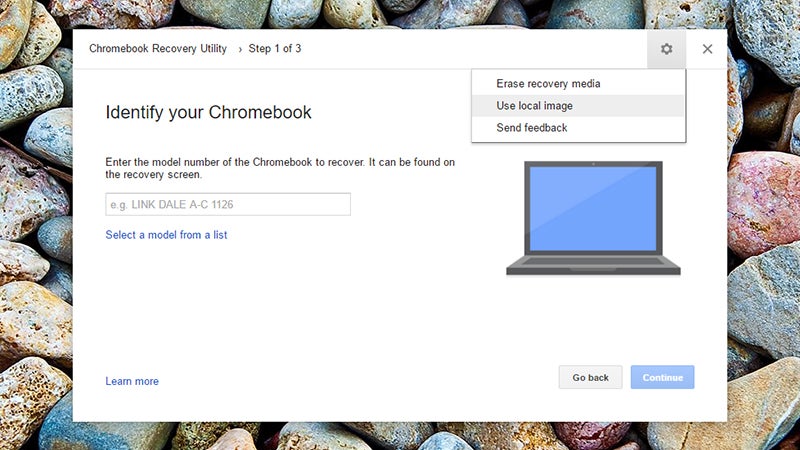


The system depends heavily on Google’s own online offerings like Google Drive, Docs, and Sheets. The operating system can run under such constrained requirements because of the nature of the operating system, and Chrome OS has been a very online-oriented operating system from its heyday. However, Google’s own Chrome OS Flex is an official release of the operating system with all of Google’s bells and whistles and even official update support.Ĭhrome OS Flex is a very lightweight operating system running with base system requirements of any Intel or AMD x86 or 64-bit processor, 4 GB of RAM, and 16 GB of internal storage. This is not the first time Chrome OS has come to systems outside of Chromebooks Neverware had released the CloudReady operating system based on the Chromium code back in 2015. And while Chrome OS has been an exclusive on Chromebooks, with the release of Chrome OS Flex, the operating system can be easily installed on any old Windows or Mac laptop.Īt its core, Chrome OS Flex is the complete Chrome OS package it has all of Google’s proprietary services and even looks exactly like the systems on Chromebooks. In 2022, Google’s Chrome OS has come a long way from their ‘browser as an operating system’ days today, the operating system has developed into a robust system with external hardware support and even Android and Windows app support. When it comes to laptops, they have their Chrome OS operating systems, the backbone of many Chromebooks. Google isn’t new to the operating system game, with Android being the most popular and accessible operating system on mobile devices. While I have always recommended Linux as a viable alternative to Windows 10 on low-spec’d or older machines, a new solution by Google might just be a better solution.


We can even see some modern computers or laptops struggling under Windows 10. Support for Windows 10, although still active, will expire eventually, leaving a lot of computers running old, unsupported software. The arbitrary requirements of Microsoft’s new operating system have given a lifetime to all unsupported devices. With the release of Windows 11, these hardware redundancies have become more visible. As technology keeps moving forward, we continually create devices that turn redundant.


 0 kommentar(er)
0 kommentar(er)
